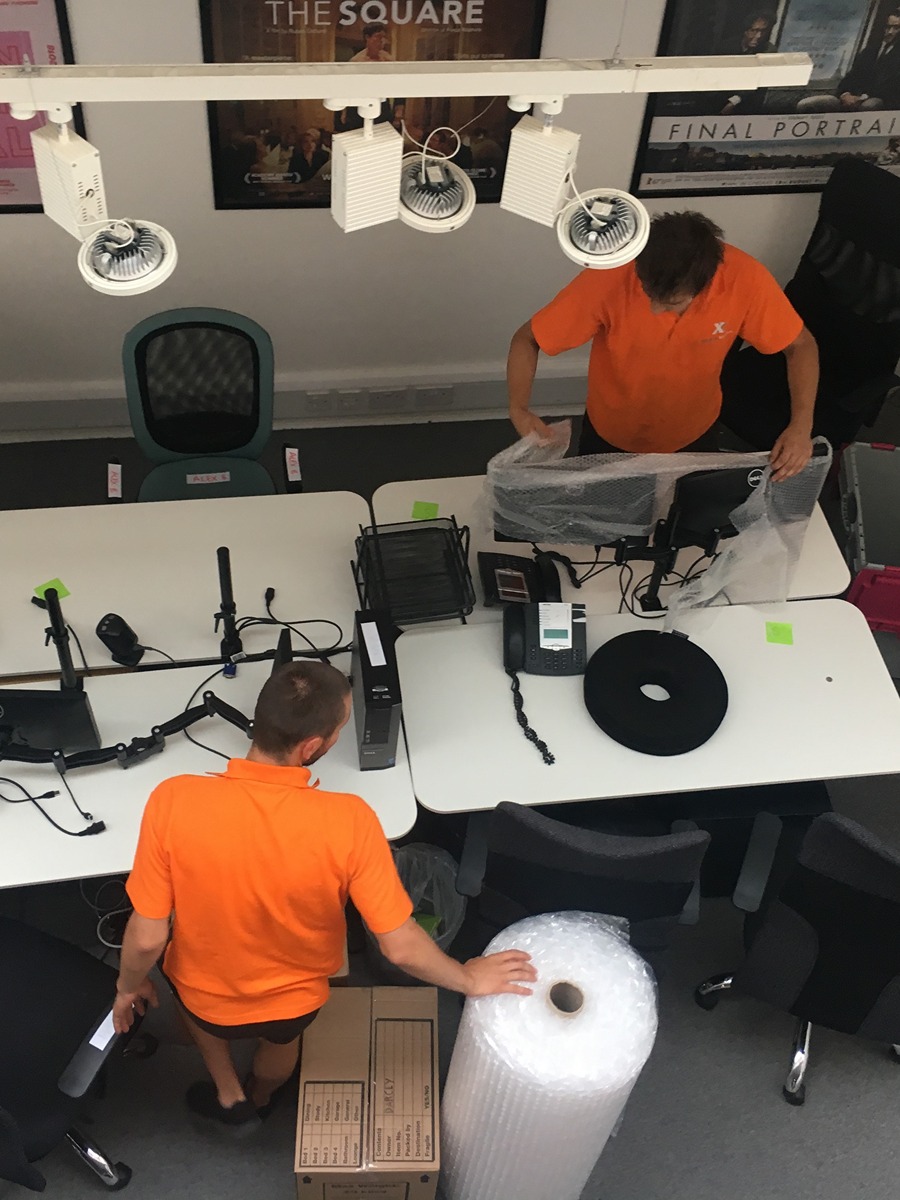When preparing for a move, packing fragile items can be a daunting task, especially if you’re looking to avoid using bubble wrap. Whether due to environmental concerns or simply not having bubble wrap at hand, there are plenty of effective alternatives that can ensure your delicate items remain secure and intact during transit. Here, we’ll explore some practical tips and materials you can use to protect your fragile belongings without relying on bubble wrap.
1. Use Clothes, Linens, and Towels
One of the most accessible and cost-effective packing materials is right in your wardrobe and linen closet. Soft items such as t-shirts, sweaters, towels, and even socks can be used to wrap fragile items. Clothes and towels offer a dual function; they protect your belongings and reduce the volume of packing materials needed. For example, wrap glasses and stemware in clean socks or shirts to provide a cushioned layer that guards against bumps and knocks.
2. Newspaper and Magazine Wraps
While slightly less protective than bubble wrap, old newspapers and magazines can be used to cushion fragile items. Crumple the paper into balls and use it to line the bottoms, sides, and tops of boxes. For extra protection, wrap individual items in several layers of newspaper. Be mindful, however, that the ink can sometimes transfer onto your items, so it might be wise to first wrap them in a layer of plain paper or kitchen roll.
3. Invest in Corrugated Cardboard Sheets
Corrugated cardboard sheets can be cut and folded around fragile items to create a sturdy protective shell. This material is particularly effective for flat items like framed pictures or mirrors. The corrugated texture provides shock absorption similar to bubble wrap, making it a fantastic eco-friendly alternative.
4. Reuse Original Packaging
Whenever possible, pack items in their original packaging. These boxes are specifically designed to protect the items within, providing a snug fit and adequate cushioning. This is particularly useful for electronics or appliances that often come with moulded styrofoam or structured cardboard inserts that perfectly contour around the item.
5. Utilize Air-Popped Popcorn
For an unconventional yet effective approach, consider using air-popped popcorn as a packing material. It’s biodegradable and can fill up space in boxes just as well as bubble wrap or packing peanuts. Ensure the popcorn is plain and completely dry to avoid any moisture damage. This method is especially useful for filling gaps in boxes to prevent items from shifting.
6. Consider Eco-Friendly Packing Peanuts
If you’re looking for a direct substitute for bubble wrap, biodegradable packing peanuts are an excellent choice. Made from materials like starch, they offer similar cushioning properties without harming the environment. They can be used to fill voids in boxes and provide all-around protection for your fragile items.
7. Layering and Boxing Techniques
Effective packing isn’t just about the materials; it’s also about technique. Layer the bottom of your boxes with cushioning material, place heavier items on the bottom and lighter items on top. Each fragile item should be individually wrapped and placed with adequate space around it to avoid crowding. Fill any remaining gaps with your chosen packing material to prevent movement during transport.
By employing these methods, you can confidently pack your fragile items without bubble wrap, ensuring they arrive at their destination in perfect condition. Not only are these alternatives effective, but they also allow you to make environmentally conscious choices in your packing process.




